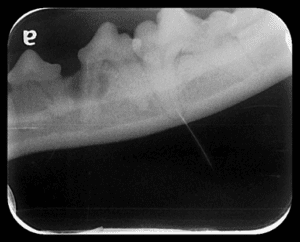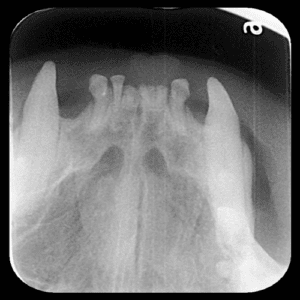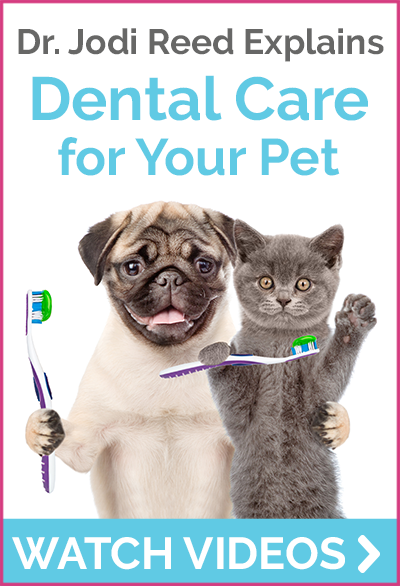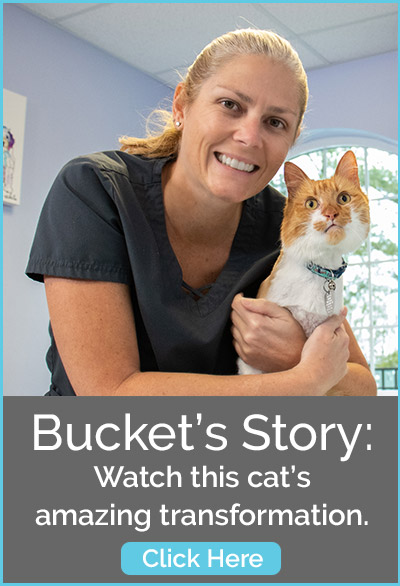Making the Case for Dental Radiographs
Why should my pet have dental radiographs performed during a complete oral health and treatment appointment?
by Ashley Landau, RVT
(Harmony Animal Hospital Registered Veterinary Technician)
 The simple answer is that 2/3 of each tooth is below the gum line and invisible when looking in your pet’s mouth. Thus, dental radiographs allow us to peek underneath the gum line to assess the overall health of your pet’s teeth.
The simple answer is that 2/3 of each tooth is below the gum line and invisible when looking in your pet’s mouth. Thus, dental radiographs allow us to peek underneath the gum line to assess the overall health of your pet’s teeth.
With the combination of the oral exam and the dental radiographs, your veterinarian gets a complete picture of your pet’s oral health. This allows us to identify and assess any abnormalities and make appropriate recommendations for the well-being and care of your pet’s oral health. A healthy mouth can add quality years to your pet’s life.
Looking for Abnormalities
Dental radiographs allow us to look for abnormalities below the gum line even when the oral exam is normal. These abnormalities include:
- retained tooth roots
- unerupted teeth
- abscessed teeth
- bone cysts caused by diseased teeth
- bone loss around tooth roots.
When we find abnormalities during the oral exam, the x-rays also allow us to evaluate the extent of these abnormalities. Examples include:
- being able to determine the extent of tooth fractures,
- seeing how much bone loss is occurring around tooth roots,
- whether there is an abnormal pulp chamber accompanying discolored teeth
- when there is an oral mass, we can tell how much bone is involved
 Why We Take X-Rays
Why We Take X-Rays
You may wonder why we ask for your permission to take a series of full-mouth radiographs at every dental cleaning. The reality is that an oral exam is only half the story regarding your pets’ oral health. A full-mouth series of dental x-rays completes the story so that we are able to make the best recommendations and offer your pets the most successful outcome regarding their oral and overall health. Since our pets need to be under general anesthesia for a complete dental oral health assessment, cleaning, and treatment, we also want to maximize the benefits to you and your pet by not missing any signs of oral disease that might be causing pain and infection that will only worsen over time. In addition, by treating all the abnormalities we discover during each procedure, we can slow or stop the progression of oral disease, helping prevent future tooth loss and extending the time between needed dental procedures.
Dealing with Gum Disease
Dental tartar in our fur babies builds up at the gum line. Tartar with accompanying bacteria creeps up under the gum line, where it causes inflammation, pain, and infection, also known as periodontal disease. Periodontal disease eventually leads to bone loss around tooth roots, infection of the surrounding soft tissues, and tooth loss. If we are able to stop periodontal disease in the earliest stages, it is entirely reversible. So, just because your furbaby had a normal oral exam and radiograph last year, it does not mean this year will be the same. That dental tartar over the previous year has been building and potentially causing damage underneath the gum line that we cannot asses without radiographs.
Just like human dentists recommend dental radiographs once a year, we recommend dental radiographs at every dental procedure so we can properly and fully evaluate your pet’s mouth.






